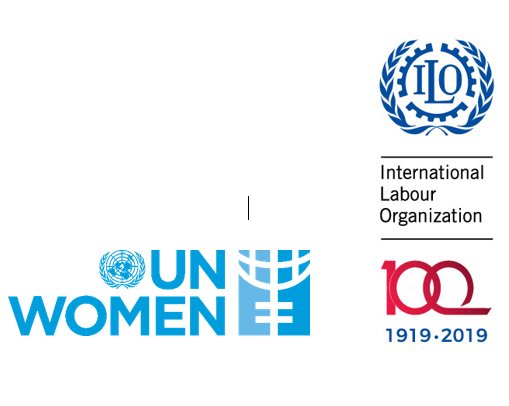Women in prominent public positions, such as journalists, human rights defenders and women in politics or public life are frequently victims of violence and harassment (European Parliament, 2018). This is particularly the case when women publicly promote gender equality and denounce violence against women. Increasingly, harassment takes place online and through social media.
Women in politics and public life
Acts of violence and harassment against women in politics, including during elections, are frequently directed at women as individuals, sending a strong message to deter women generally from participating in politics and public life. Sexual harassment is widespread in political life where men politicians, in some cases, use their position of power to sexually harass women, particularly young women at the beginning of their careers, and a culture of silence exists, often because of political loyalties (European Parliament, 2018). In politics, a culture of men in power has fueled alarming levels of sexual harassment against women, which has been reported in many countries across the world.
Women parliamentarians are frequently targets of sexual harassment by men in politics and members of the public, affecting women’s potential participation in politics (Inter-Parliamentary Union, 2016). A study of 39 countries in Africa, Europe, Asia-Pacific, the Americas and Arab countries carried out in 2016 reveals an alarming prevalence of violence and harassment against women parliamentarians (Inter-Parliamentary Union, 2016). More than 80 per cent of women parliamentarians interviewed reported psychological violence (ranging from 65.5 per cent who reported humiliating sexual or sexist remarks to 44.4 per cent who reported threats of death, rape or abduction). More than half of respondents had been subjected to humiliating sexist remarks several times by male colleagues during their parliamentary term. Over 60 per cent of women parliamentarians responding to the survey believed that they were targets of these acts because of the positions they had taken in defending women’s rights and human rights. Aggravating factors included being young, being in the opposition and belonging to a minority group.
|
Ending violence against women in politics and public life |
|
#NotTheCost, Stopping Violence against Women in Politics[1] An international campaign led by the National Democratic Institute, Washington DC, “#NotTheCost, Stopping Violence against Women in Politics”, was launched in 2016. The campaign identified three characteristics of violence against women in politics:
The call to action includes recommendations for governments, international and regional institutions, elected and appointed leaders, political parties and civil society, amongst others. The campaign includes suggestions to:
|
|
Legislation to outlaw harassment against women in politics: Bolivia In some countries, legislation has specifically prohibited harassment against women in politics. In Bolivia, legislation was introduced in 2012, following the murder of two high-profile women politicians. The law lists examples of violence against politically-active women, states that political violence and harassment may be committed by one or more people, directly or through third parties, against female candidates and public officials, as well as members of their families. Parties responsible for implementing the law include the Ministry of Justice, the electoral authorities and governmental leaders (UN Women, 2012). |
Women in journalism
Women journalists are also frequently victims of sexual harassment, particularly harassment on-line and through social media. Surveys report sexual harassment, psychological abuse, cyberbullying and other gender-based violence.
- Nearly two-thirds of women media workers surveyed have experienced intimidation, threats or abuse in relation to their work. Twenty-five per cent of the verbal, written and/or physical threats and intimidation the respondents encountered took place on-line (International Women’s Media Foundation and International News Safety Institute, 2014).
- Half of the women journalists surveyed across 50 countries have been victims of gender-based violence in their work. Cyberbullying affected 44 per cent of the women. Nearly half of the perpetrators were readers, listeners or other unknown members of the public. Of those who complained, more than three-quarters did not believe adequate measures had been taken in all cases against the perpetrators. Only 12 per cent were satisfied with the outcome (International Federation of Journalists, 2017).
To address the safety and security of journalists, the United Nations Chief Executives Board endorsed a first-ever UN Plan of Action on the Safety of Journalists and the Issue of Impunity in 2012. The Plan of Action aims to create a safe environment for journalists and media workers and to establish a coordinated inter-agency mechanism to handle issues related to the safety of journalists and give guidance on drawing up legislation (UN, 2012, CI-12/CONF.202/6 and IAWRT, 2017). In addition, the media can play a powerful role in challenging violence against women.
Guidelines for reporting on violence against women have been drawn up by the International Federation of Journalists, with the aim to present sensitive reporting of incidents of violence against women, including violence and harassment in the world of work (International Federation of Journalists, Undated).
[1] For further information about the campaign: https://www.ndi.org/not-the-cost
